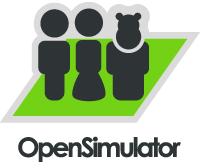Google Wave today, Moodle Wave Tomorrow?
I am just about to dive into Google Wave (just could not resist the association here). From what I have read and seen so far this seems to be a really fascinating concept and from the hype anyway, what would appear to be a one size fits all for many applications, in a way I hope that it is when you consider features like
- a replacement for those WiKi’s, great as they can be, and I have used the Moodle version for some time now, it does present some degree of challenge to my students.
- Just like the view in demand services that are appearing for TV and Radio, we will have the Wave playback facility, wow.
How about the ability to have concurrent editing of group owned documents, wow again
Simultaneous private as well a public communications
The ability to publish to a website, Face Book and soon I hear even Blogger.
If you are yet to get your head around Google Wave, and I anticipate that being a learning curve in itself, there are some really good video’s out there that I have been taking the time to look at. You may like to start with this two minute plus quickie, and then go on to the one hour twenty minute coverage preview, both are worth the time to sit and watch. For sure there is going to be a lot of new stuff here, not to mention the terminology like waves, wavelets, blips etc.
Well to help with all this I came across a great free book, The Complete Guide to Google Wave actually you can buy the book but the net version of it is free and very nicely presented and readable.
I will be back in due course, to let you know how I am getting on, but if you already have any experiences of the Wave, then please feel free to post a comment.




















